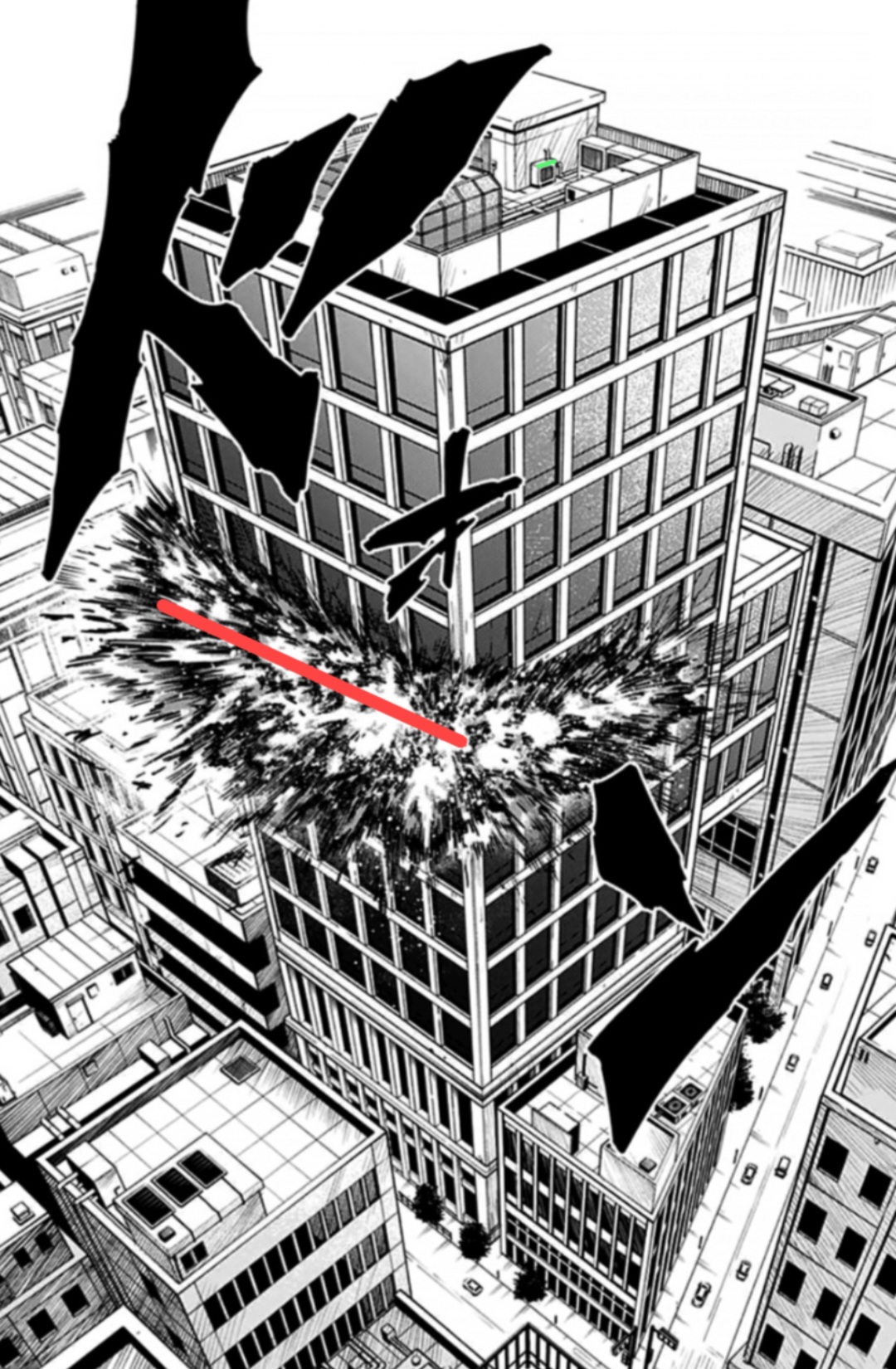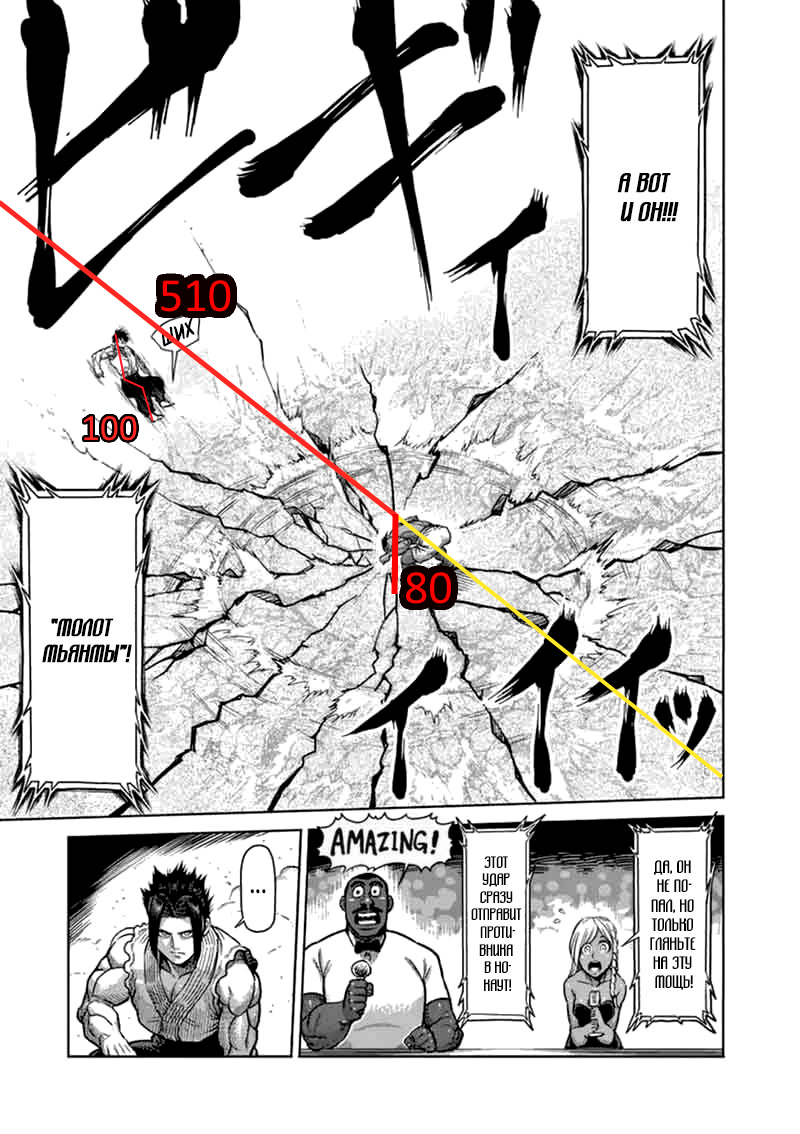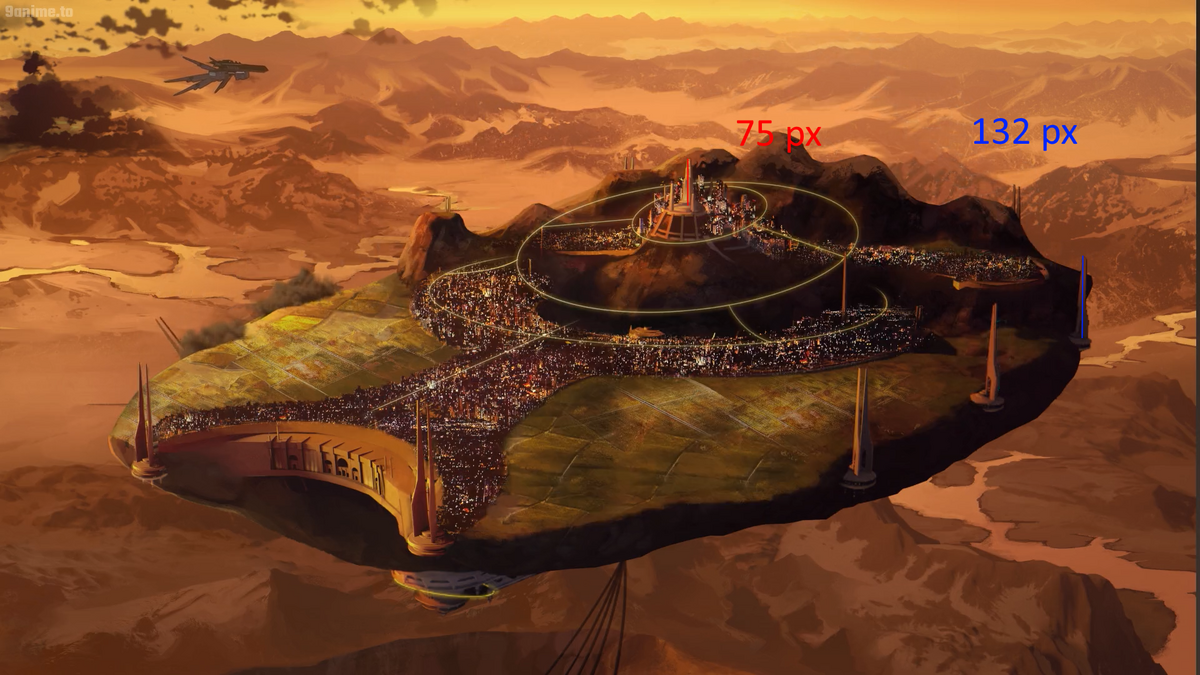Hi sorry for bothering you but can you evaluate, this?

 vsbattles.fandom.com
vsbattles.fandom.com

Follow along with the video below to see how to install our site as a web app on your home screen.
Note: This feature may not be available in some browsers.



















The main purpose of this forum is to discuss how to properly index the statistics of characters from a wide variety of different fictional franchises.

Reactions: Vzearr